How to Start Painting Abstract Art
Are you ready to unleash your inner artist? Diving into the world of abstract art can feel like stepping into a colorful dream where rules are mere suggestions, and creativity knows no bounds. Abstract art is not just about splashes of paint on a canvas; it's a profound journey of self-expression and exploration. Whether you’re a complete beginner or someone looking to rekindle their artistic passion, this article will guide you through the essential techniques, materials, and inspirations you need to start painting abstract art.
Before we dive into the nitty-gritty of painting, let’s take a moment to appreciate what abstract art truly is. It’s a form of art that doesn’t attempt to represent an accurate depiction of visual reality. Instead, it uses shapes, colors, forms, and gestural marks to achieve its effect. Think of it as a visual language that speaks directly to the soul, allowing you to express emotions and ideas that words often fail to capture. The beauty of abstract art lies in its **freedom**—there are no right or wrong answers, only your unique perspective and interpretation.
Now, you might be wondering, “How do I even start?” The first step is to gather your materials. Trust me, having the right tools can make all the difference in your artistic journey. You’ll need paints, brushes, and surfaces to work on. Each of these elements plays a vital role in shaping your artwork. For instance, the type of paint you choose can significantly affect the texture and finish of your piece. Acrylics are quick-drying and versatile, while oils offer a rich, buttery texture that allows for blending and layering.
Speaking of tools, don’t limit yourself to just traditional brushes. Explore unconventional items like sponges, palette knives, or even your fingers! Each tool brings a different texture and effect to your painting. Imagine the excitement of dragging a palette knife across the canvas, leaving behind bold, sweeping strokes that tell a story of their own. The surface you choose also impacts your artwork; whether it’s canvas, paper, or wood, each has its unique character that interacts with the paint in fascinating ways.
Now that you have your materials, let’s talk about one of the most crucial aspects of abstract art: **color theory**. Understanding how colors work together can elevate your artwork from simple to stunning. The color wheel is your best friend here. It shows you how colors interact, and how to create harmony or contrast in your compositions. Experimenting with different color combinations can lead to surprising results—think of it as mixing emotions on your palette. Are you feeling vibrant and energetic? Go for bold reds and yellows. Want to create a calm, serene atmosphere? Soft blues and greens might be your go-to.
As you embark on your painting journey, don’t shy away from exploring various techniques. Layering is a fantastic way to add depth to your work. Imagine building a landscape of colors, each layer revealing something new beneath it. You can also play with texture—adding materials like sand or fabric to your paint can create a tactile experience that draws viewers in. Remember, the goal is to experiment and find what resonates with you. Abstract art is all about **freedom**, so let your creativity flow!
Lastly, let’s not forget about inspiration. Look around you! Inspiration can come from the simplest of things—a walk in nature, a fleeting emotion, or even a song that moves you. Allow yourself to be influenced by the world around you. Nature, in particular, offers a rich tapestry of colors and forms that can ignite your imagination. When you’re feeling stuck, try to interpret a beautiful sunset or the intricate patterns of leaves in your own abstract style.
In conclusion, starting your journey in abstract art is like embarking on an adventure where every brushstroke tells your story. Embrace the process, enjoy the exploration, and most importantly, have fun! Remember, there are no mistakes—only opportunities for creativity. So grab your paints, unleash your imagination, and let the world see your unique vision through abstract art!
- Do I need previous painting experience to start abstract art?
No! Abstract art is accessible to everyone, regardless of skill level. Just dive in and let your creativity flow. - What type of paint is best for beginners?
Acrylic paint is often recommended for beginners due to its versatility and quick drying time. - How can I find my personal style in abstract art?
Experiment with different techniques, colors, and tools. Over time, you’ll discover what resonates with you the most. - Can abstract art convey emotions?
Absolutely! Abstract art is a powerful medium for expressing feelings and emotions through color and form.
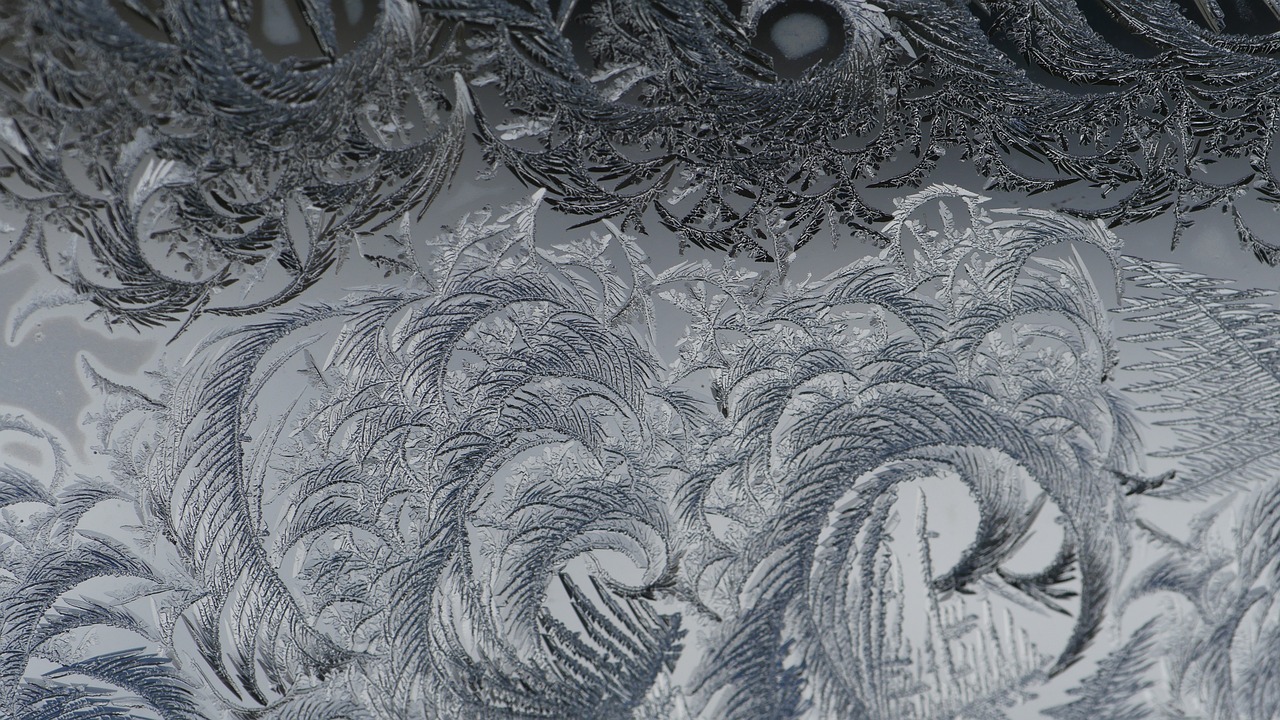
Understanding Abstract Art
Abstract art is not just a style; it's a journey into the depths of creativity and expression. Unlike traditional art forms that depict recognizable subjects, abstract art liberates the artist's imagination, allowing for a wide range of interpretations. It invites viewers to engage with the artwork on a more personal level, often eliciting emotions or thoughts that can differ from person to person. This is the beauty of abstraction—each piece tells a unique story, shaped by the artist's intentions and the viewer's perceptions.
The history of abstract art is rich and varied, dating back to the early 20th century when artists began to break away from conventional representation. Pioneers like Wassily Kandinsky and Piet Mondrian explored the use of color, shape, and form to convey meaning without the confines of realism. Their works laid the groundwork for future generations of artists, encouraging them to explore their own interpretations of reality. Today, abstract art continues to evolve, incorporating new techniques, styles, and materials that reflect our changing world.
One of the most significant aspects of abstract art is its freedom. It offers artists the opportunity to express themselves without the limitations imposed by realism. This freedom can be both exhilarating and daunting for beginners. With no right or wrong way to create, artists are encouraged to experiment with different techniques and materials, allowing their intuition to guide them. Whether it's through bold splashes of color or intricate patterns, abstract art empowers individuals to discover their unique voice.
Moreover, abstract art can serve as a mirror, reflecting the complexities of human emotions and experiences. It provides a platform for artists to explore themes such as love, loss, joy, and chaos. The absence of a defined subject allows for a deeper exploration of these themes, inviting the audience to interpret the work based on their own life experiences. This connection between the artist and the viewer is what makes abstract art so compelling.
In summary, understanding abstract art involves appreciating its historical context, recognizing the freedom it offers, and acknowledging its capacity for emotional expression. As you embark on your own journey into abstract painting, remember that the most important aspect is to enjoy the process and let your creativity flow. Embrace the chaos, and let your brush dance across the canvas—after all, art is about exploring the unknown!
- What is abstract art? Abstract art is a style of art that does not attempt to represent an accurate depiction of visual reality, focusing instead on colors, shapes, and forms.
- Who are some famous abstract artists? Notable abstract artists include Wassily Kandinsky, Piet Mondrian, Jackson Pollock, and Mark Rothko.
- How can I start creating abstract art? Begin by experimenting with different materials and techniques. Allow your emotions and intuition to guide your creative process.
- Is there a right way to create abstract art? No, there is no right or wrong way to create abstract art. It is all about personal expression and exploration.
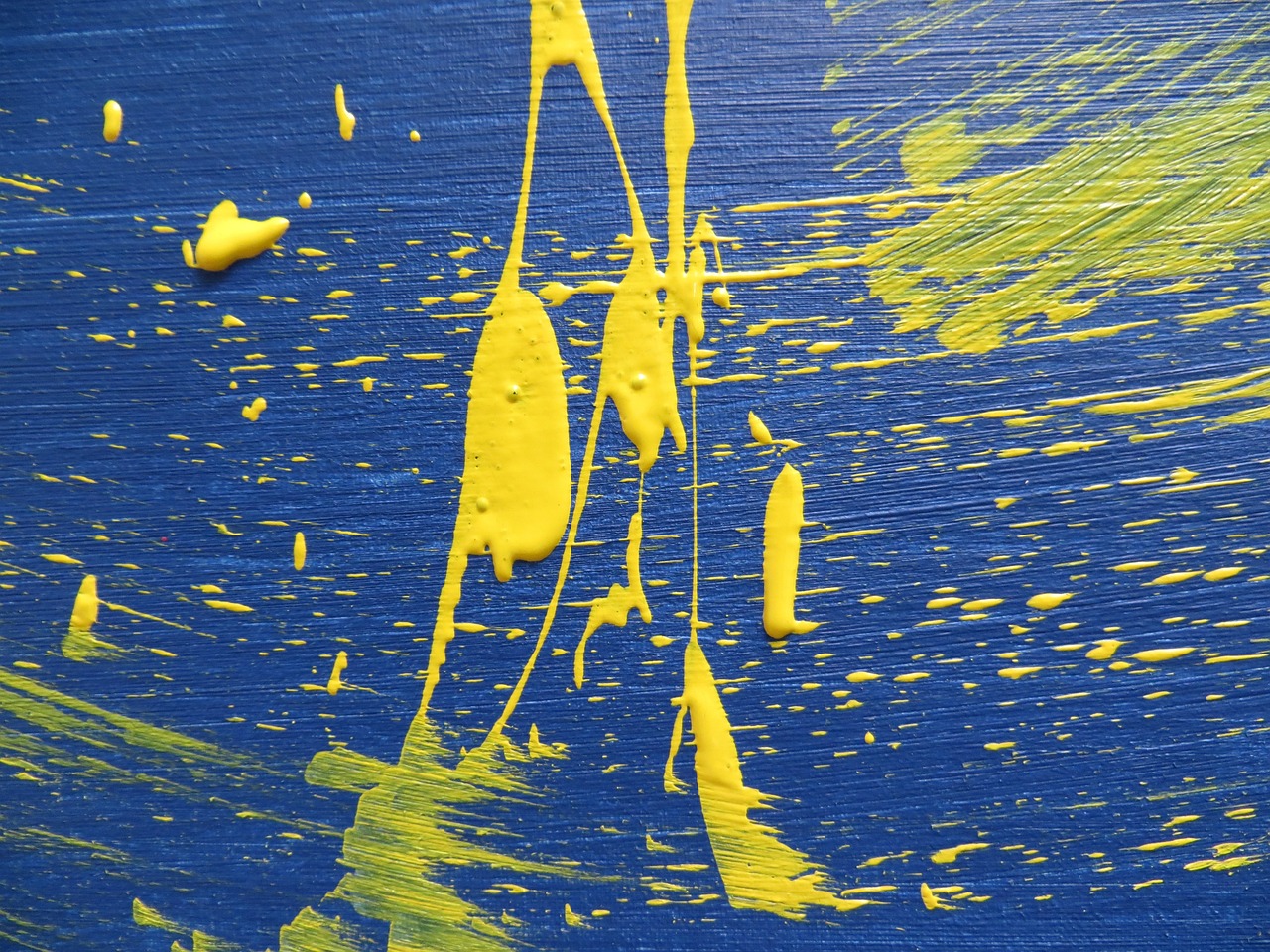
Essential Materials for Abstract Painting
When it comes to diving into the vibrant world of abstract art, having the right materials is crucial for unleashing your creativity. The beauty of abstract art lies in its freedom of expression, and the tools you choose can significantly influence your artistic journey. So, let’s explore the essential materials that will not only enhance your painting experience but also allow you to express your unique style effectively.
First and foremost, you’ll need to select your paints. Acrylics and oils are the most popular choices among abstract artists. Acrylic paints are fantastic for beginners because they dry quickly and are versatile. They can be watered down for a watercolor effect or used straight from the tube for a bold finish. On the other hand, oil paints offer a rich texture and vibrant colors, but they take longer to dry, allowing for more blending and layering techniques. Each type has its own charm, and experimenting with both can lead to exciting discoveries in your art.
When selecting your paints, consider the following factors:
- Drying Time: Acrylics dry quickly, while oils allow for extended manipulation.
- Texture: Acrylics can be thick or thin, whereas oils provide a creamy consistency.
- Color Vibrancy: Both types offer brilliant colors, but oils tend to have a richer depth.
Next up are brushes and tools. You might think that traditional paintbrushes are all you need, but the world of abstract painting opens up a treasure trove of unconventional tools. Palette knives can create stunning textures and sharp lines, while sponges can add soft, organic patterns. Don’t hesitate to experiment with household items like old credit cards or even your fingers to achieve unique effects. The key is to find what resonates with your artistic vision.
Your choice of surface is equally important in determining the final outcome of your artwork. Common surfaces include:
| Surface Type | Characteristics |
|---|---|
| Canvas | Durable and versatile; great for texture and layering. |
| Paper | Ideal for experimentation; allows for easy corrections. |
| Wood | Provides a sturdy surface; can produce a unique finish. |
Each surface type interacts differently with your paints, affecting the absorption and overall texture of your work. For instance, canvas can handle heavy applications of paint, while paper may buckle under too much moisture. Choosing the right surface can elevate your artwork and help you achieve the desired effect.
In conclusion, gathering the right materials is the first step on your abstract art journey. From choosing the right paints to exploring various tools and surfaces, each decision shapes your creative expression. Don’t be afraid to experiment and let your imagination run wild. The world of abstract art is waiting for you to leave your mark!
Q: What type of paint is best for beginners?
A: Acrylic paint is often recommended for beginners due to its quick drying time and versatility.
Q: Can I use regular brushes for abstract painting?
A: Absolutely! While traditional brushes work well, don’t hesitate to explore unconventional tools for unique effects.
Q: What surface should I use for my first abstract painting?
A: Canvas is a great choice for beginners, but you can also experiment with paper for a more forgiving surface.
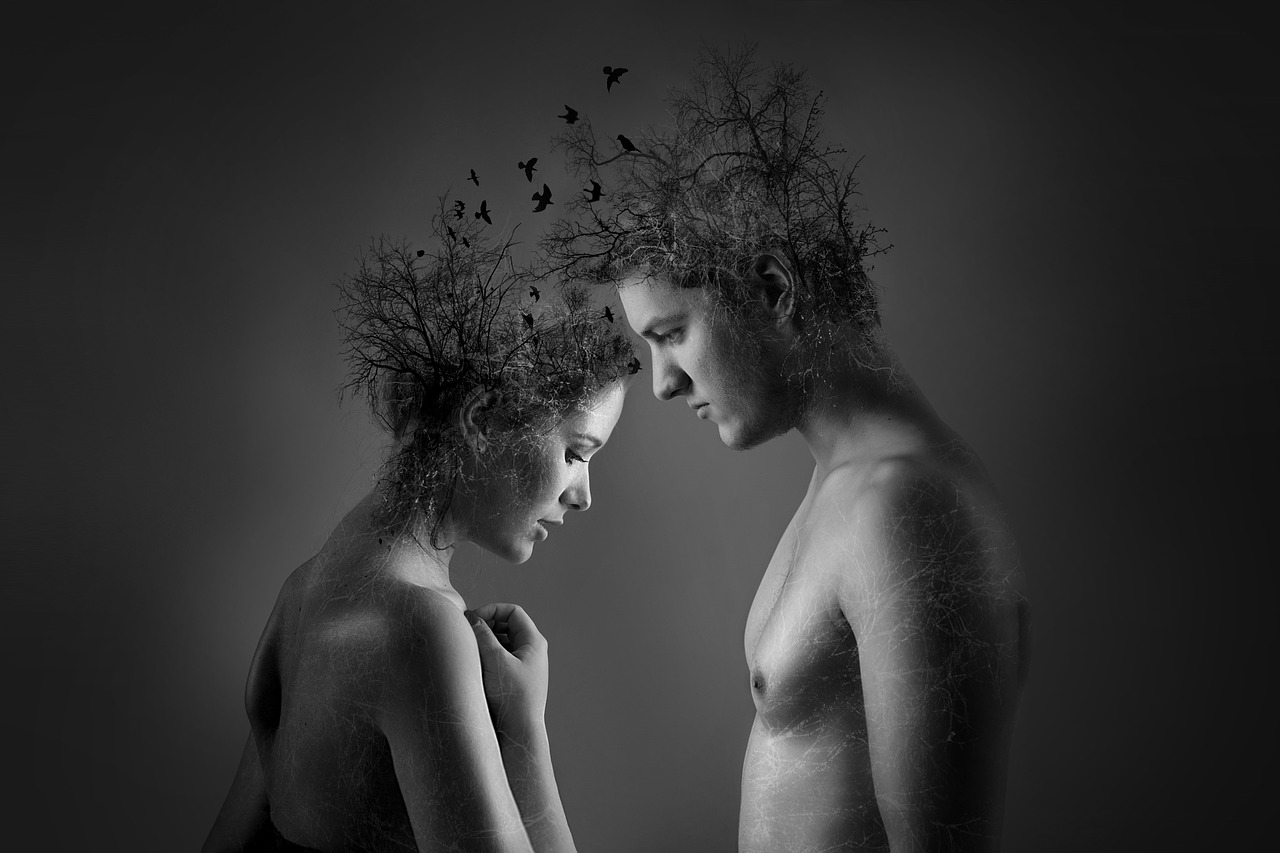
Choosing the Right Paints
When it comes to abstract art, the choice of paint can significantly influence your creative journey. It's not just about slapping color on a canvas; it's about selecting the right medium that resonates with your artistic vision. So, what are the main types of paints you should consider? Well, let's dive into the world of paints and explore the options that can elevate your abstract work!
Acrylic paints are a popular choice among abstract artists for several reasons. First off, they dry quickly, which means you can layer your work without waiting around for hours. This quick-drying time can be a game-changer when you're in the zone and want to keep the momentum going. Additionally, acrylics are versatile—they can be watered down for a watercolor effect or used straight from the tube for a more vibrant, opaque finish. Plus, they come in a variety of finishes, from matte to glossy, allowing you to create the desired effect in your artwork.
On the other hand, oil paints offer a different experience entirely. They take longer to dry, which can be both a blessing and a curse. The extended drying time allows for blending and manipulating colors more effectively, giving you the chance to create soft transitions and rich textures. However, if you're eager to see your artwork come together quickly, oils might not be your best bet. They also require specific solvents for cleaning and thinning, which adds an extra layer of complexity. But the depth and richness of oil paints can be truly mesmerizing, making them a worthy consideration for your abstract explorations.
To help you make an informed decision, here's a quick comparison of acrylic and oil paints:
| Feature | Acrylic Paints | Oil Paints |
|---|---|---|
| Drying Time | Quick | Slow |
| Versatility | Very versatile; can mimic watercolors or oils | Less versatile; primarily used for traditional techniques |
| Finish | Varies (matte to glossy) | Rich and glossy |
| Clean-up | Water-based, easy to clean | Requires solvents |
When choosing your paints, consider not just the technical aspects, but also how they align with your personal style. Are you looking for vibrant colors that pop? Acrylics might be your go-to. Do you want to create deep, textured layers? Then oil paints could be the way to go. Remember, there’s no right or wrong choice here; it’s all about what feels good to you as an artist.
Lastly, don't forget about specialty paints like watercolors, gouache, or even spray paints. Each medium has its unique properties and can add a different dimension to your abstract art. So, experiment with different types, mix them up, and find what truly resonates with your creative spirit. After all, the beauty of abstract art lies in its freedom and the endless possibilities it offers!
- Can I mix different types of paints? Yes! Many artists enjoy mixing acrylics with oils or watercolors to create unique effects. Just be cautious about drying times and cleaning methods.
- What paint is best for beginners? Acrylic paints are often recommended for beginners due to their ease of use, quick drying time, and versatility.
- How do I choose colors for my abstract painting? Consider using a color wheel to explore complementary and analogous colors. Trust your instincts, and remember that abstract art is about expression!
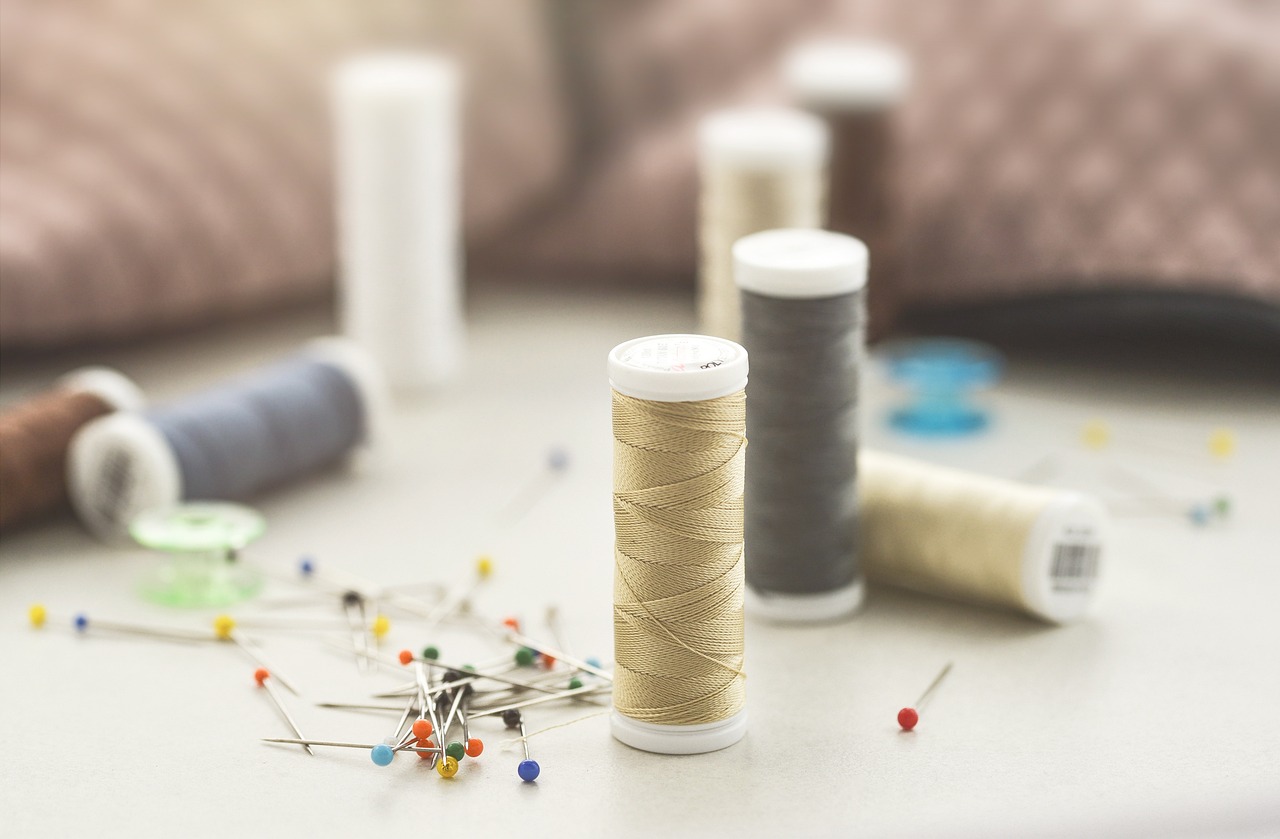
Brushes and Tools
When it comes to abstract painting, the brushes and tools you choose can significantly impact the final outcome of your artwork. It's not just about slapping paint on a canvas; it's about how you apply that paint and the effects you can create. Imagine your brushes as instruments in a symphony, each producing a different sound—or in this case, a different texture and stroke. So, let’s dive into the fascinating world of brushes and tools that can elevate your abstract art.
The most common type of brush is the traditional paintbrush, which comes in various shapes and sizes. Whether you prefer a flat brush for sweeping strokes or a round brush for finer details, each has its unique capabilities. But don’t stop there! Think outside the box. You can use unconventional tools like sponges for soft textures, palette knives for bold, sweeping applications, or even fingers for a more tactile and personal touch. These tools can create unexpected effects that can turn a simple idea into a stunning piece of art.
Here’s a quick breakdown of some popular brushes and tools you might consider:
| Tool Type | Best For |
|---|---|
| Flat Brush | Bold strokes and filling in larger areas |
| Round Brush | Detail work and fine lines |
| Fan Brush | Creating texture and special effects |
| Palette Knife | Mixing colors and applying thick paint |
| Sponges | Soft textures and blending |
Choosing the right tools is just the start. The way you use them can radically transform your work. For instance, if you want to create a sense of movement in your painting, consider using a fan brush to flick and swipe paint across the canvas. On the other hand, if you're aiming for depth, layering paint with a palette knife can add dimension that captivates the viewer's eye.
Moreover, the pressure you apply and the angle at which you hold your brush can also alter the outcome. A light touch can yield delicate lines, while a heavier hand can produce bold, sweeping strokes. It’s all about experimentation! Don’t be afraid to mix and match your tools and techniques. After all, abstract art is about expressing yourself and pushing the boundaries of traditional painting.
In conclusion, the brushes and tools you choose for your abstract art journey are more than just implements; they are extensions of your creativity. By exploring various options and techniques, you'll discover unique ways to express your vision. So grab those brushes, let your imagination run wild, and see where your creativity takes you!
- What type of brush is best for beginners? A round brush is often recommended for beginners due to its versatility.
- Can I use household items as painting tools? Absolutely! Items like sponges, forks, or even cardboard can create interesting textures.
- How do I clean my brushes? It's essential to clean your brushes with soap and water immediately after use to maintain their shape and longevity.
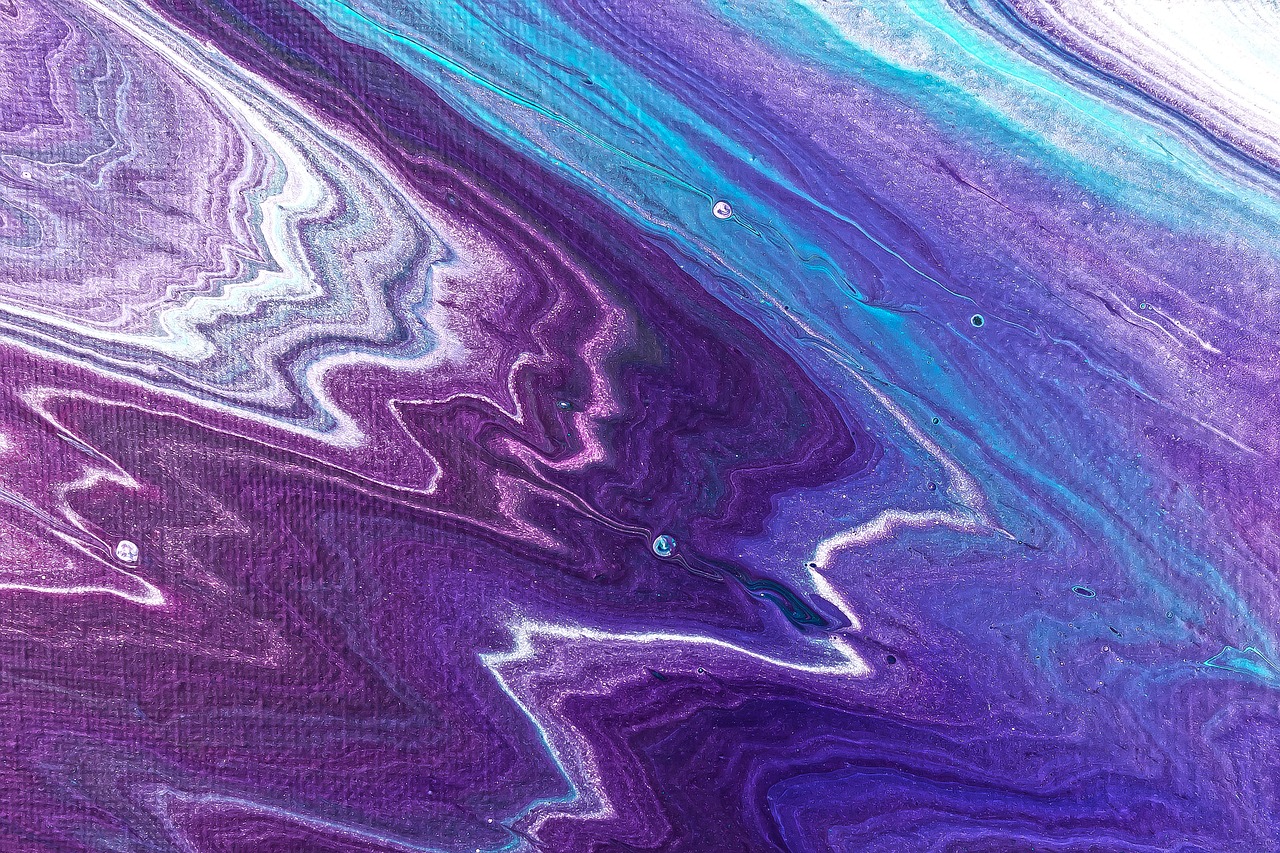
Surface Selection
When it comes to creating stunning abstract art, the choice of surface is more crucial than many artists realize. The surface you paint on can dramatically influence the texture, absorption, and overall appearance of your artwork. Think of it as the canvas that holds your emotions, ideas, and creativity. Just like a chef selects the perfect plate for their culinary masterpiece, an artist must choose the right surface to showcase their vision.
There are several options available, each with its unique characteristics and effects. Here’s a quick overview of some popular surfaces:
| Surface Type | Characteristics | Best For |
|---|---|---|
| Canvas | Durable, versatile, and often pre-stretched; can handle heavy applications of paint. | Acrylic and oil paints; great for large-scale works. |
| Paper | Lightweight and portable; absorbs paint differently based on weight and texture. | Watercolor, acrylics, and mixed media; ideal for sketches and studies. |
| Wood | Sturdy and offers a unique texture; can create interesting effects with paint. | Acrylics and oils; perfect for small panels and intricate details. |
| Cardboard | Inexpensive and readily available; can warp if too much water is used. | Experimentation and practice; great for beginners. |
Each of these surfaces has its own personality. For instance, canvas can absorb paint in ways that create depth, while paper can offer a smoother finish that’s perfect for delicate details. If you’re looking to experiment, why not try painting on different surfaces? This can lead to unexpected and thrilling results, allowing your creativity to soar.
Moreover, consider the texture of your chosen surface. A rough surface can add a dynamic quality to your work, while a smooth surface can allow for precise detail. Think of it as choosing between a bumpy road or a smooth highway for your artistic journey. Each choice will lead you down a different path, shaping the outcome of your abstract art.
Ultimately, the best surface for your abstract paintings is one that resonates with your artistic style and the emotions you wish to convey. So, experiment, play, and let your creativity flow across the surface you choose. Remember, the world of abstract art is all about breaking boundaries and expressing yourself in ways that are uniquely yours.
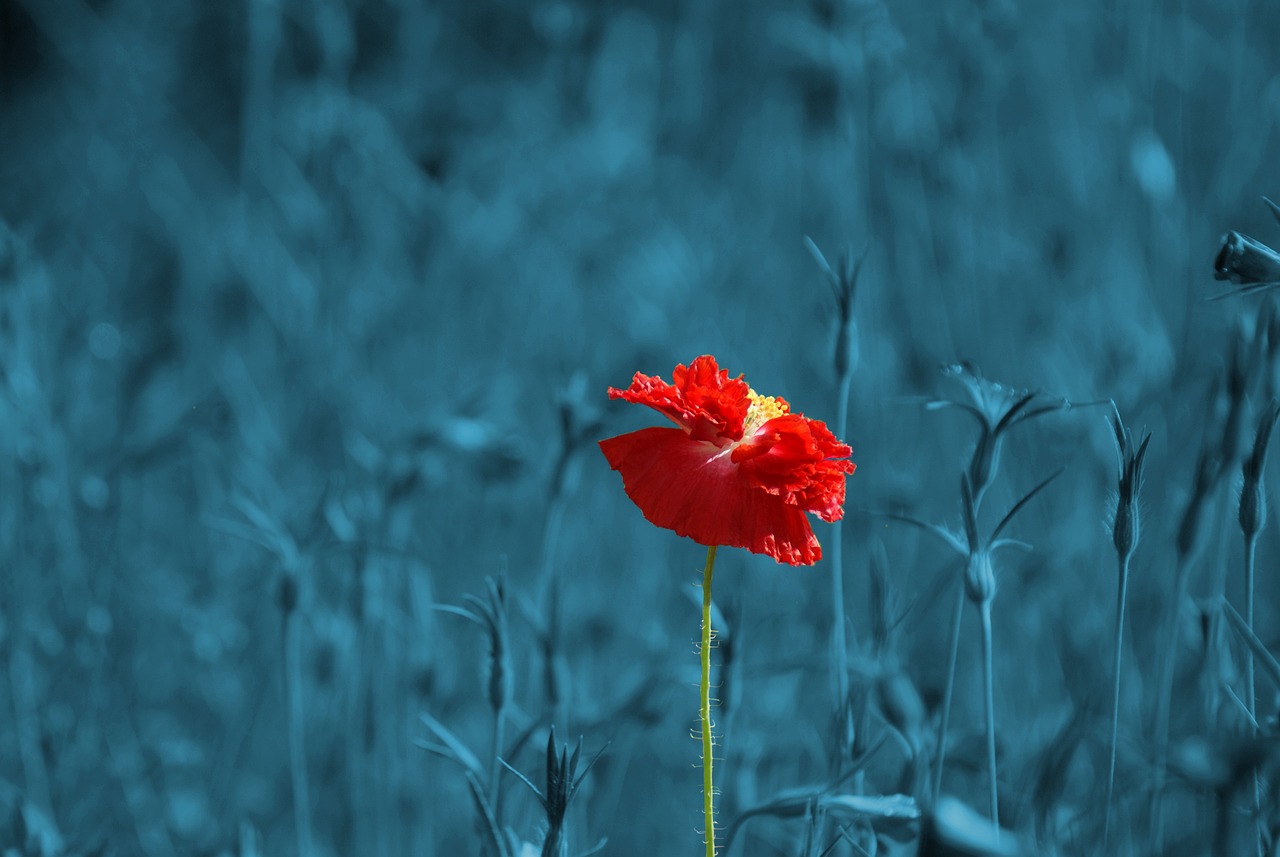
Color Theory in Abstract Art
Color theory is the backbone of any artistic endeavor, but it takes on a unique role in the realm of abstract art. Unlike traditional art forms that often aim to replicate reality, abstract art allows for a more personal and subjective interpretation of color. It’s not just about choosing colors that look good together; it’s about understanding how colors interact, evoke emotions, and can influence the viewer's experience. Imagine stepping into a room painted in vibrant reds and yellows; you might feel energized and alive. Now, picture those same colors muted and blended with cool blues—suddenly, the atmosphere feels calm and introspective. This emotional impact is what makes color theory so vital in abstract art.
At its core, color theory revolves around the color wheel, a tool that artists use to understand the relationships between different hues. The wheel is typically divided into primary, secondary, and tertiary colors. Primary colors (red, blue, and yellow) can be mixed to create secondary colors (green, orange, and purple), and further mixing leads to tertiary colors. Understanding this hierarchy is crucial for any artist, as it allows for the creation of harmonious color combinations.
In abstract art, the use of color can be categorized into several fundamental concepts:
- Complementary Colors: These are colors that are opposite each other on the color wheel, such as blue and orange. When placed side by side, they create a striking contrast that can make your artwork pop.
- Analogous Colors: These colors sit next to each other on the wheel, like blue, blue-green, and green. Using analogous colors can create a sense of harmony and unity in your art.
- Triadic Colors: This scheme involves three colors that are evenly spaced around the color wheel, such as red, yellow, and blue. This combination can result in a vibrant and energetic composition.
Moreover, the psychological impact of color cannot be overlooked. Colors can evoke specific feelings and memories, making them powerful tools for expression. For instance, warm colors like red and yellow often evoke feelings of warmth and excitement, while cool colors like blue and green can bring about tranquility and calmness. As an abstract artist, you have the liberty to manipulate these colors to convey your emotions or the message you wish to share.
To truly harness the power of color theory in your abstract art, consider experimenting with different color palettes. Start by creating a few swatches of your chosen colors and observe how they interact. Are they clashing, or do they complement each other beautifully? Play with saturation and brightness—sometimes a muted palette can create a more profound emotional impact than a bright one. Remember, in abstract art, there are no strict rules; it's all about what resonates with you and your audience.
In conclusion, understanding color theory is essential for any artist, especially within the abstract genre. It opens up a world of possibilities, allowing you to explore emotions, convey messages, and create visually captivating compositions. So grab your brushes, unleash your creativity, and let the colors guide your artistic journey!

Techniques for Abstract Painting
When it comes to abstract painting, the techniques you choose can truly transform your artwork from simple strokes of color into a profound expression of creativity. One of the most exciting aspects of abstract art is the freedom it offers; there are no strict rules, allowing you to explore various methods and discover what resonates with you. By experimenting with different techniques, you can find your unique voice and style. Let’s dive into some of the most popular techniques that can elevate your abstract paintings.
One of the foundational techniques in abstract painting is layering. This method involves applying multiple layers of paint to create depth and complexity. Each layer can interact with the others, leading to unexpected results that can add richness to your composition. Imagine building a sandwich—each ingredient adds flavor and texture, and the final bite is a delightful surprise. Similarly, layering in painting allows you to create multidimensional works that invite viewers to explore every inch of the canvas.
Another captivating approach is pouring paint. This technique involves mixing your paint with a pouring medium and then allowing it to flow freely across the canvas. The result is often a mesmerizing blend of colors that can mimic the beauty of natural formations, like swirling galaxies or flowing rivers. Pouring can be unpredictable, which is part of the thrill; it’s like letting the universe take the reins, guiding your brush in ways you never imagined. Just remember to protect your workspace, as this technique can get a bit messy!
Additionally, using a palette knife can introduce a whole new world of texture and dimension to your abstract pieces. Unlike traditional brushes, palette knives allow for bold strokes and the ability to scrape away layers of paint, revealing the colors underneath. This technique can create sharp edges and striking contrasts, much like the jagged peaks of a mountain range against a clear sky. The tactile nature of the palette knife encourages spontaneity, making it an excellent tool for those who thrive on experimentation.
Texture is another crucial element in abstract art. Incorporating various materials, such as sand, fabric, or even paper, can add a tactile quality to your work. Imagine running your fingers over a canvas that feels as dynamic as it looks! This approach not only enhances the visual appeal but also invites viewers to engage with your art on a sensory level. You can create texture by layering different materials or using tools like sponges to apply paint in unique ways.
Don't forget about the importance of color application. How you apply your colors can significantly impact the overall feel of your artwork. Techniques like dry brushing, where you use a dry brush to apply paint lightly, can create soft, ethereal effects. Conversely, using a wet-on-wet technique, where you apply wet paint onto wet paint, can produce vibrant, blended colors. Experimenting with these methods will help you understand how color interacts and how it can be manipulated to convey emotion.
Lastly, consider the use of negative space in your compositions. This technique involves leaving areas of the canvas unpainted, allowing the background to become a part of the artwork. It can create a sense of balance and harmony, drawing the viewer's eye to the painted areas while providing a moment of rest. Think of it as breathing space in a conversation—sometimes, what’s left unsaid can be just as powerful as the words spoken.
In summary, the techniques for abstract painting are as diverse as the artists who practice them. Whether you're layering colors, pouring paint, or exploring texture, each method offers a unique way to express your creativity. So grab your brushes, embrace the chaos, and let your imagination run wild. The world of abstract art is waiting for your personal touch!
- What materials do I need to start abstract painting?
You’ll need basic supplies like paints, brushes, and a canvas. Optional materials include palette knives, sponges, and texturing mediums. - Can I use any type of paint for abstract art?
Yes! Acrylics and oils are popular choices, but feel free to experiment with watercolors or mixed media. - How do I find my style in abstract painting?
Experiment with different techniques and materials, and pay attention to what resonates with you. Your style will evolve naturally as you create. - Is there a right or wrong way to create abstract art?
No, abstract art is all about personal expression. Trust your instincts and have fun with the process!
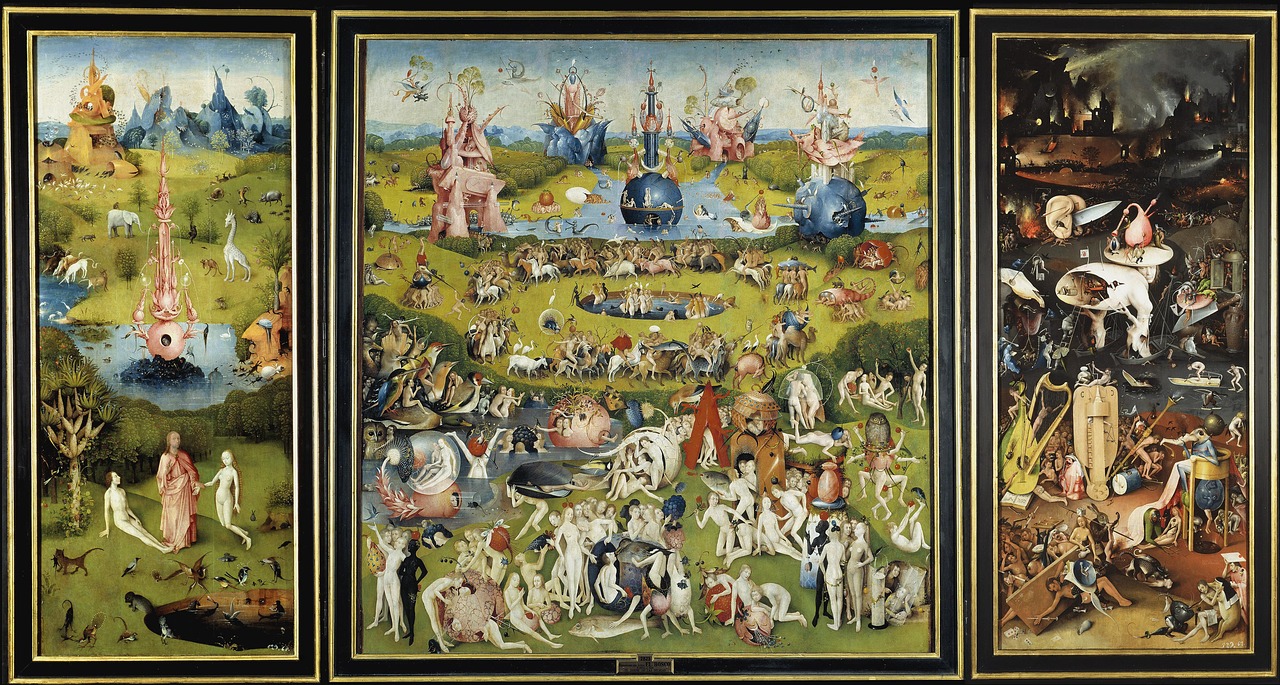
Layering Techniques
When it comes to abstract painting, can be a game-changer. Imagine building a house; you wouldn’t just throw up a roof without laying a solid foundation first, right? The same principle applies to your artwork. Layering adds depth and richness, transforming a flat canvas into a dynamic visual experience that invites viewers to explore every inch. By using multiple layers of paint, you can create a sense of movement and complexity that captivates the eye and stirs the imagination.
One of the most exciting aspects of layering is the ability to experiment freely. You can start with a bold, vibrant color as your base layer, then add translucent washes on top to create a sense of depth. Each layer interacts with the previous one, leading to unexpected color blends and textures that can surprise even the artist. Think of it as cooking; just like how a pinch of salt can elevate a dish, a layer of contrasting color can bring your painting to life.
To effectively use layering in your abstract art, consider the following techniques:
- Glazing: This involves applying a thin, transparent layer of paint over a dry base layer. The result is a luminous effect that enhances the colors beneath.
- Scumbling: This technique uses a dry brush to apply a thin layer of lighter paint over a darker base, allowing the underlying color to show through.
- Wet-on-wet: Here, you apply wet paint onto a wet surface, allowing the colors to blend and create soft edges and transitions.
Each of these techniques can be used independently or combined to achieve unique effects. For instance, you might start with a wet-on-wet layer to establish a background, then use glazing to add depth and complexity. The key is to allow each layer to dry before adding the next, giving you the freedom to build up your painting gradually. This not only helps in managing the colors but also allows for happy accidents that can lead to stunning outcomes.
Another essential aspect of layering is the choice of materials. Different paints behave differently when layered. For example, acrylics dry quickly, which is great for building layers without waiting too long, while oils take longer to dry, allowing for more blending time but requiring patience. Additionally, the thickness of the paint can affect how layers interact. Thicker applications can create raised textures, while thinner layers offer a smoother finish.
Ultimately, layering is about exploration and discovery. Don’t be afraid to experiment with colors, tools, and techniques. Each layer is an opportunity to express your creativity and tell a story through your art. As you practice, you’ll find your unique voice and style emerging, making your abstract paintings truly one-of-a-kind.
Q: How many layers should I use in my abstract painting?
A: There’s no set rule! It depends on the effect you want to achieve. Start with a few layers and build up as you feel comfortable.
Q: Can I layer different types of paint?
A: Yes, but be cautious! Generally, it’s best to layer similar types of paint (like acrylics over acrylics) to avoid issues with adhesion.
Q: How do I know when to stop layering?
A: Trust your instincts! If you feel the painting is complete and conveys your intended message, it’s time to stop. Sometimes less is more.
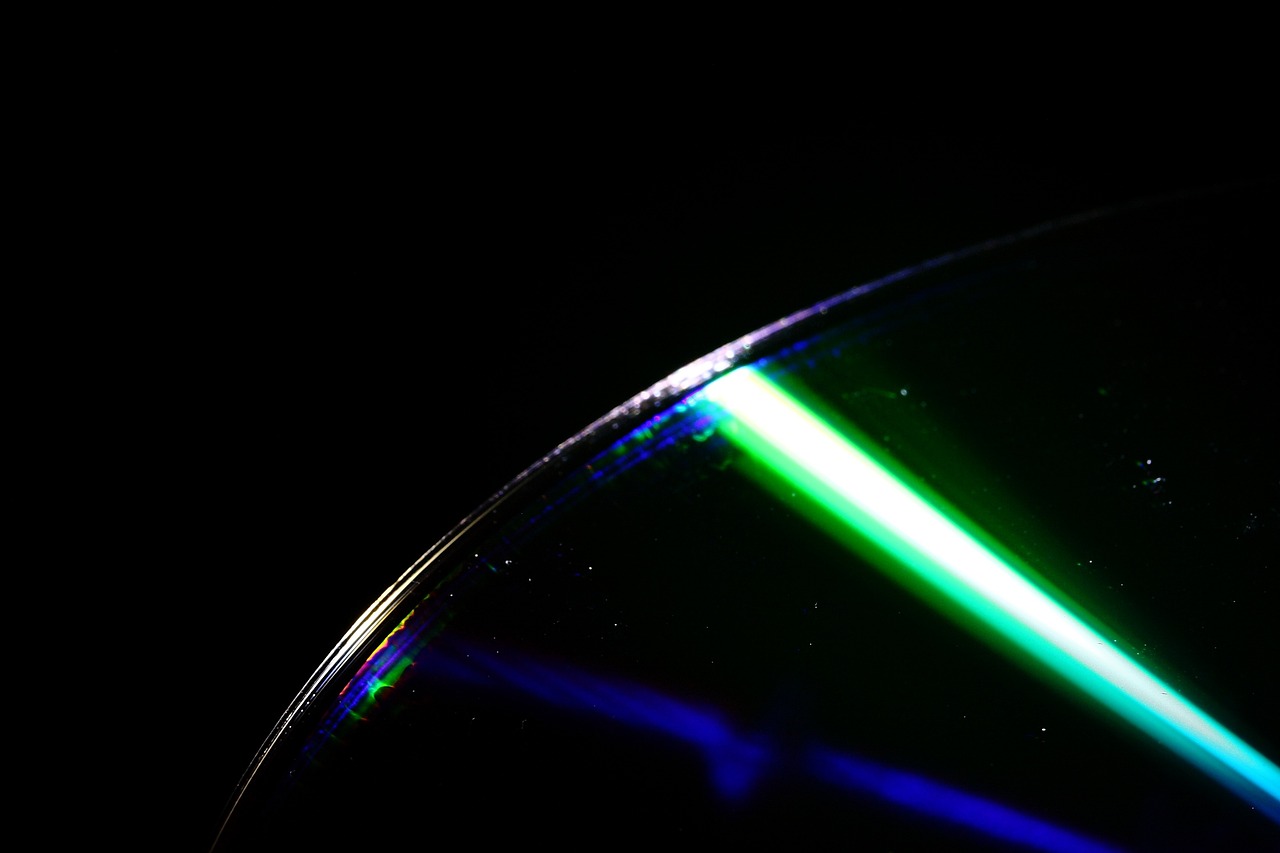
Using Texture in Abstract Art
Texture is a vital element in abstract art that adds an extra layer of depth and intrigue to your work. It’s like the secret ingredient in a recipe that transforms an ordinary dish into something extraordinary. When you incorporate texture, you engage not only the eyes but also the senses, inviting viewers to explore your artwork more intimately. Think of texture as the voice of your painting, speaking to the audience in a way that colors and shapes alone cannot.
There are several methods to introduce texture into your abstract pieces. One popular technique is layering, where you apply multiple coats of paint or other materials to create a rich, tactile surface. Imagine building a sandwich; each layer contributes to the overall flavor and experience. You might start with a base layer of thick acrylic paint, followed by a layer of oil pastels, and finish with a glossy varnish. This layering process can lead to fascinating contrasts and visual surprises that keep the viewer's eye moving across the canvas.
Another exciting way to incorporate texture is through the use of unconventional tools. While traditional brushes are fantastic, don’t shy away from experimenting with items such as sponges, palette knives, or even your fingers. Each tool offers a unique way to manipulate the paint, resulting in varied textures that can evoke different emotions. For example, using a palette knife can create sharp, defined edges, while a sponge might yield soft, blended areas. The choice of tool can significantly impact the overall feel of your artwork.
Additionally, consider integrating mixed media into your abstract art. This approach allows you to combine various materials—like sand, fabric, or paper—into your pieces. Imagine adding a rough piece of burlap to your canvas; it not only introduces a new visual element but also invites viewers to experience the artwork through touch. This blend of materials can create stunning contrasts, enhancing the overall aesthetic and emotional impact of your work.
As you explore texture, remember that it’s not just about what you see; it’s also about what you feel. The tactile quality of your artwork can evoke memories and emotions, making your pieces resonate on a deeper level. For instance, a rough, jagged texture might provoke feelings of chaos or unrest, while smooth, flowing textures can evoke calmness and serenity. By being mindful of the textures you use, you can guide your audience’s emotional journey through your art.
In summary, texture is a powerful tool in abstract art that can elevate your work and enhance its emotional depth. By layering, experimenting with different tools, and incorporating mixed media, you can create visually stunning pieces that invite viewers to engage with your art on multiple levels. So, grab those unconventional tools, explore various materials, and let your creativity flow—your abstract art journey awaits!
- What materials can I use to create texture in my abstract paintings?
You can use various materials such as acrylic gels, pastes, sand, fabric, and even found objects. Experimenting with these can yield unique textures. - How does texture affect the emotional response to a painting?
Texture can evoke different feelings; rough textures may suggest chaos, while smooth textures can convey calmness. It influences how viewers connect with the artwork. - Can I combine different textures in one painting?
Absolutely! Combining different textures can create a more dynamic and engaging piece, inviting viewers to explore various aspects of your work. - Is it necessary to use texture in abstract art?
While it’s not mandatory, incorporating texture can enhance your artwork and provide an additional layer of interest and meaning.
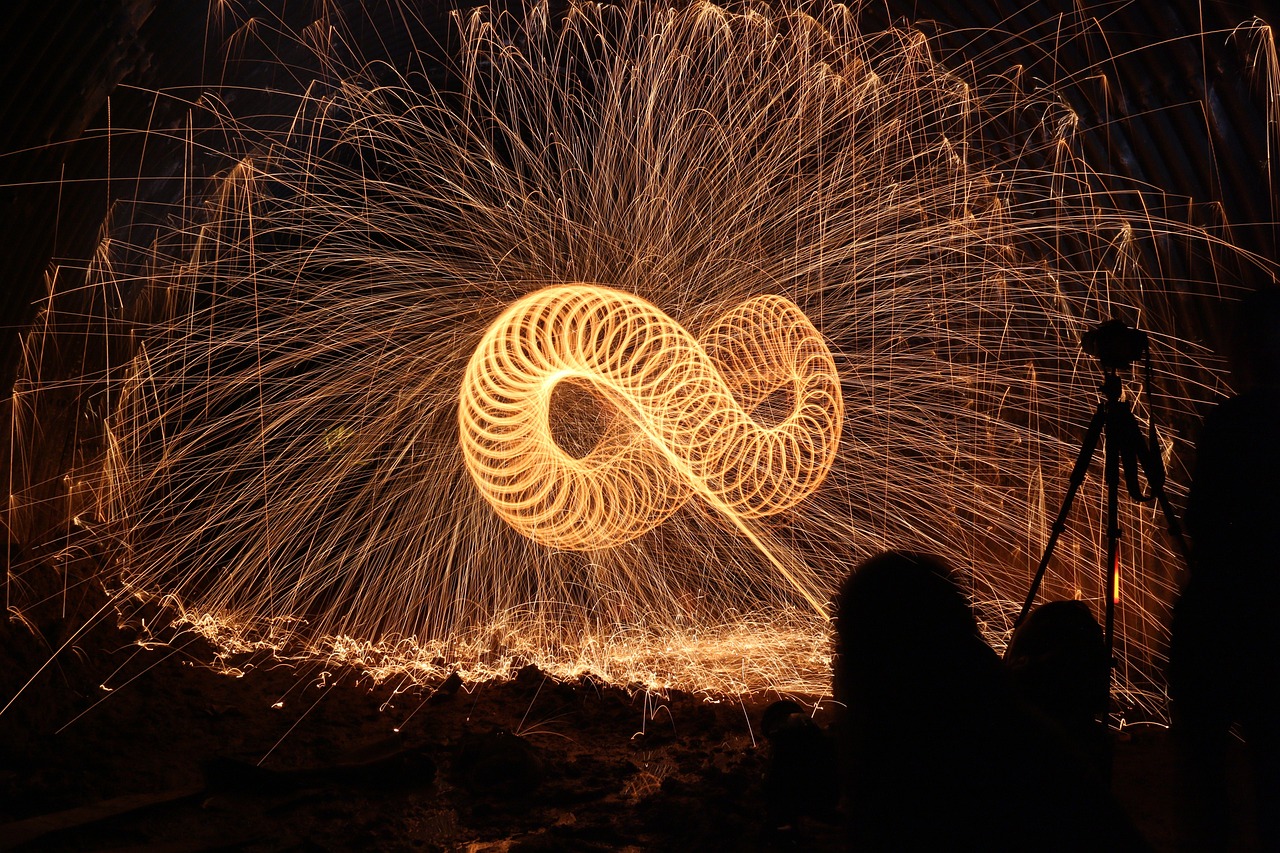
Finding Inspiration for Your Abstract Art
Finding inspiration for your abstract art can sometimes feel like searching for a needle in a haystack. But don't worry! The beauty of abstract art lies in its freedom and flexibility. You don't have to stick to traditional subjects or themes; instead, you can explore a myriad of sources that resonate with your inner self. Think of inspiration as a spark that ignites your creativity, and it can come from anywhere—your emotions, nature, or even the mundane aspects of daily life.
One of the most profound sources of inspiration is your own emotional landscape. Abstract art is a powerful medium for expressing feelings that might be too complex to articulate with words. When you’re feeling overwhelmed, joyful, or even nostalgic, let those emotions guide your brush. For instance, if you’re feeling a wave of happiness, you might choose vibrant colors and bold strokes. Conversely, if you’re grappling with sadness, softer hues and gentle movements might better convey that experience. The key is to embrace your feelings and allow them to shape your artwork.
Another fantastic source of inspiration is the natural world. Nature is a treasure trove of colors, shapes, and patterns that can inspire your abstract compositions. Take a walk in a park, visit a botanical garden, or simply observe the changing colors of the sky at sunset. You could let the swirling patterns of clouds or the vibrant hues of autumn leaves influence your color choices. Remember, abstract art doesn’t require you to replicate nature; rather, it encourages you to interpret and express it in your unique way.
Sometimes, inspiration can be found in the everyday moments that we often overlook. The way light reflects off a glass, the intricate patterns of a fabric, or even the chaos of a bustling street can all serve as muses for your art. Keep a journal or a sketchbook handy to jot down ideas or doodle when inspiration strikes. You might be surprised at how these small, seemingly insignificant moments can lead to profound artistic expressions.
To help you tap into these various sources of inspiration, consider the following tips:
- Keep an Inspiration Board: Collect images, colors, and textures that resonate with you. This can be a physical board or a digital one on platforms like Pinterest.
- Engage with Other Artists: Join art groups or online forums where you can share ideas and gain insights from fellow creators.
- Experiment with Different Mediums: Sometimes, switching up your materials can lead to unexpected inspiration. Try watercolor, charcoal, or even digital art.
In conclusion, finding inspiration for your abstract art is a personal journey. It's about connecting with your emotions, observing the world around you, and embracing the beauty of everyday life. So, grab your brushes, let your creativity flow, and remember: the only limit is your imagination!
Q: How can I overcome artist's block when creating abstract art?
A: Take a break, explore new environments, or try a different medium. Sometimes, stepping away can help refresh your perspective.
Q: Do I need to have a specific theme in mind before starting an abstract painting?
A: Not at all! Abstract art thrives on spontaneity. You can start with a feeling or color palette and let the painting evolve naturally.
Q: Is it necessary to understand color theory for abstract art?
A: While it's not mandatory, understanding color theory can enhance your work by helping you create harmonious and striking compositions.
Q: Can I use photographs as inspiration for my abstract art?
A: Absolutely! Photographs can serve as great references. Use them to inspire colors, shapes, or even emotions without replicating them directly.
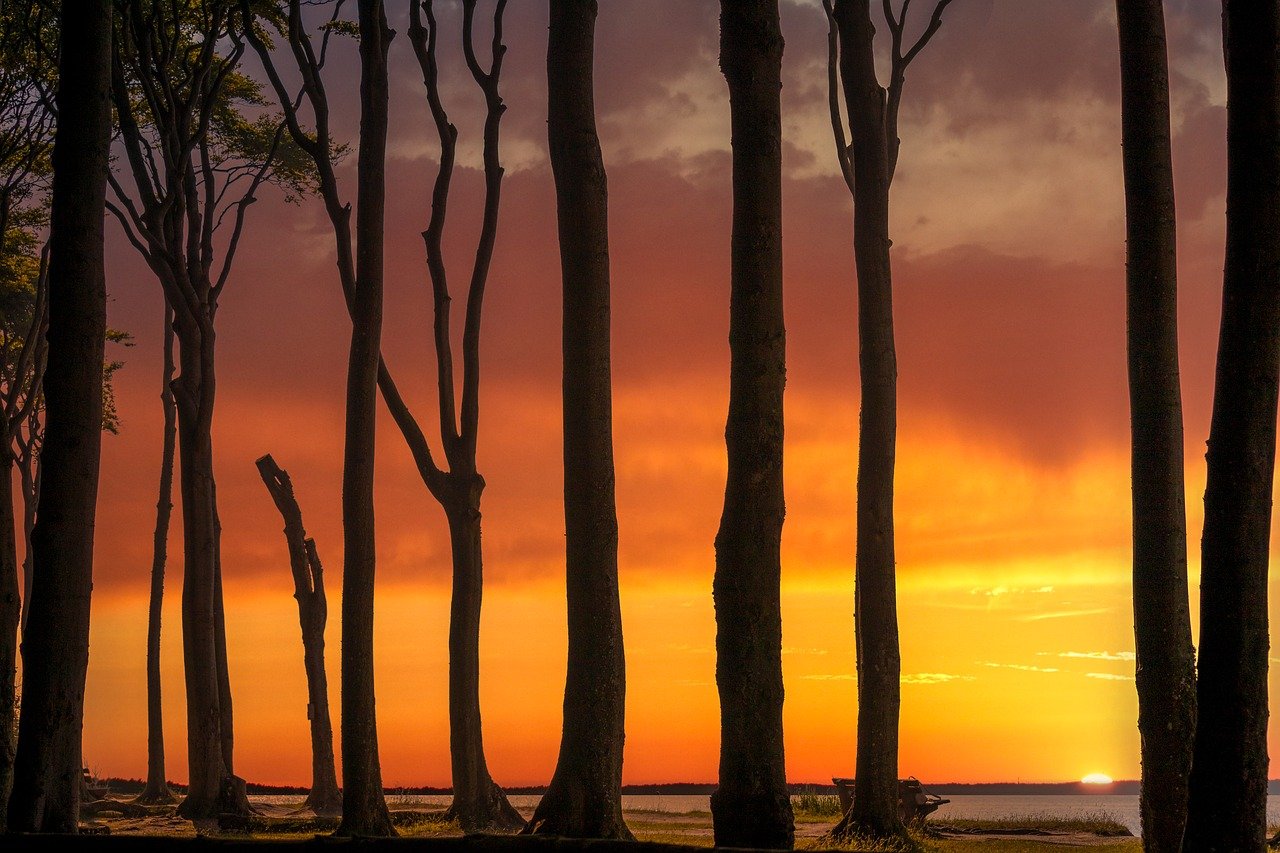
Emotional Expression in Art
Art has always been a powerful medium for expressing emotions, and abstract art takes this concept to new heights. Unlike traditional forms of art that often depict recognizable subjects, abstract art allows artists to convey feelings and experiences through color, shape, and form. This freedom can be both exhilarating and daunting for beginners, but it’s also what makes abstract art so captivating. Have you ever looked at a piece of abstract art and felt a rush of emotion? That’s the magic of this genre—it speaks to the viewer on a visceral level.
When creating abstract art, think of your emotions as the palette from which you draw inspiration. Whether you're feeling joy, sadness, anger, or tranquility, these feelings can be expressed through your choice of colors and the way you apply them. For instance, vibrant reds and yellows may evoke feelings of passion and energy, while cool blues and greens might bring about a sense of calm and serenity. The beauty of abstract art lies in its ability to resonate differently with each viewer, creating a unique emotional connection.
Consider this: when you paint, you are not just applying colors to a canvas; you are pouring your heart and soul into your work. As you explore this emotional landscape, you might find yourself drawn to specific techniques that enhance your artistic expression. For example:
- Color Choices: Use bold colors to convey strong emotions or softer hues for more subdued feelings.
- Brush Strokes: Quick, aggressive strokes can express anger, while gentle, flowing movements may reflect peace.
- Layering: Build layers to symbolize complexity in emotions, showing that feelings are often multifaceted.
Moreover, abstract art serves as a form of self-therapy. Many artists find that the act of creating allows them to process their feelings, providing a cathartic release. It's not uncommon for artists to look back at their work and recognize emotions they weren't fully aware of at the time of creation. This introspective journey can lead to profound personal growth, making the process of painting as rewarding as the finished piece itself.
In summary, emotional expression in abstract art is about more than just aesthetics; it's a journey into the depths of your feelings. As you embark on this artistic adventure, remember that there are no right or wrong emotions to express. Every brushstroke, every color choice, is a reflection of your inner world. So grab your paints, let your emotions flow, and allow your canvas to become a mirror of your soul.
- What materials do I need to start painting abstract art? You’ll need paints, brushes, and a surface like canvas or paper. Additional tools like palette knives and sponges can also enhance your creativity.
- How do I choose colors for my abstract paintings? Consider the emotions you want to convey. Use the color wheel to find complementary colors that resonate with your feelings.
- Can abstract art really express emotions? Absolutely! Abstract art is a powerful way to communicate feelings that may be difficult to articulate with words.
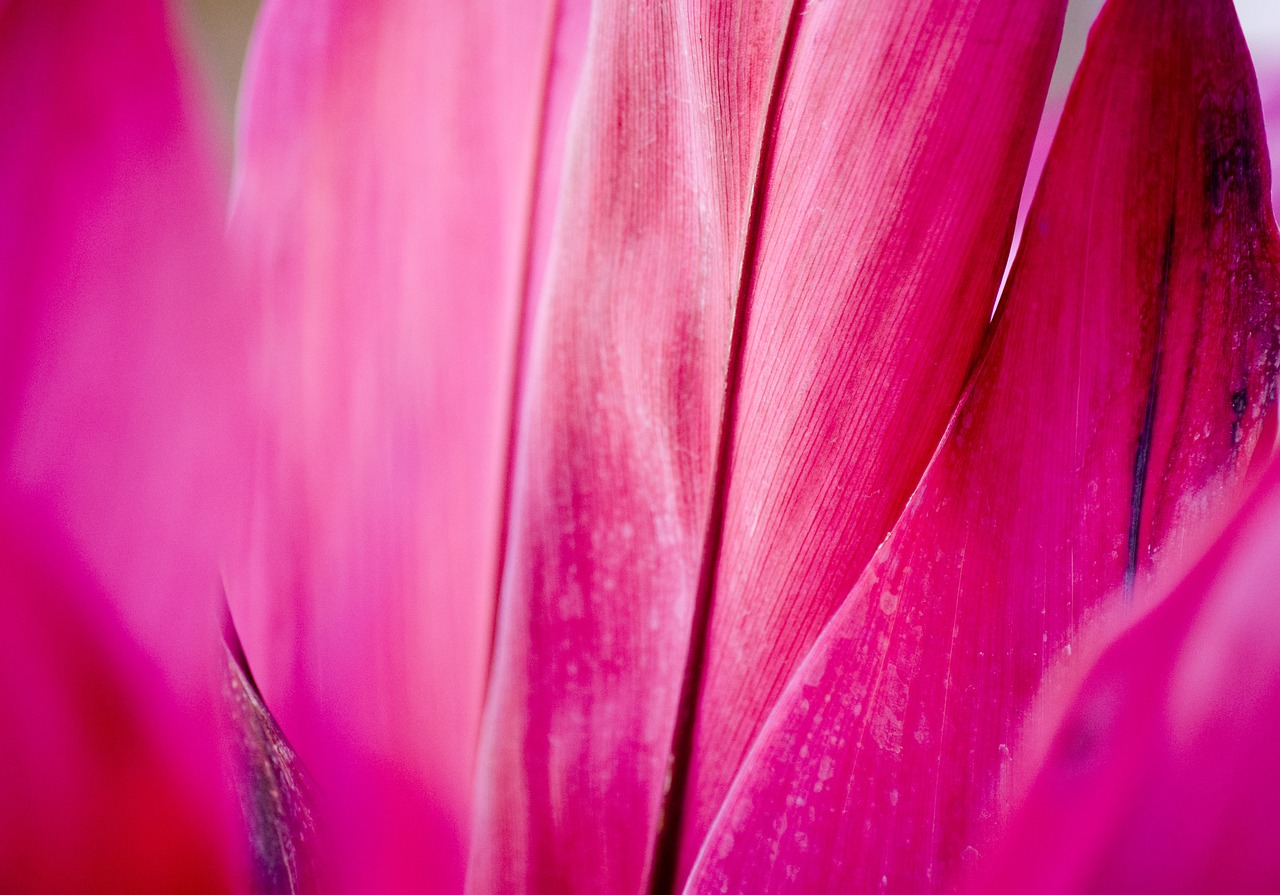
Nature and Abstract Inspiration
When it comes to abstract art, nature is an endless wellspring of inspiration. Imagine stepping into a lush forest, where vibrant hues dance in the sunlight and the gentle rustle of leaves whispers secrets of creativity. Nature offers a kaleidoscope of colors, shapes, and textures that can ignite your imagination and encourage you to express your feelings in a unique way. Whether it's the soft pastels of a sunset or the bold contrasts of a stormy sky, these elements can be translated into your abstract creations in countless ways.
One of the most captivating aspects of drawing inspiration from nature is how it allows you to interpret what you see through your own lens. For instance, a field of flowers can evoke feelings of joy and serenity, while a rugged mountain range might inspire a sense of strength and resilience. This interpretation can manifest in your art through color choices, brush strokes, and composition. By embracing your emotional response to the natural world, you can create pieces that resonate not just with you, but with others who view your work.
To effectively capture nature's essence in your abstract art, consider the following approaches:
- Observation: Spend time outdoors, observing the interplay of light and shadow, the movement of clouds, or the intricate patterns found in leaves. Take notes or sketch quickly to capture fleeting moments.
- Photography: Use your camera to snap pictures of landscapes, plants, and animals. These images can serve as references for your abstract pieces, helping you translate the beauty of nature onto the canvas.
- Color Palettes: Create a color palette inspired by a specific natural scene. For instance, the warm tones of autumn leaves can guide your choices in a painting, infusing it with the same warmth and richness.
Additionally, don't shy away from experimenting with different materials that reflect nature's textures. Incorporating sand, leaves, or even twigs into your paintings can add a tactile element that enhances the viewer's experience. Think of your artwork as a conversation between you and the environment around you, where each stroke of the brush tells a story of your connection to the world.
Ultimately, nature's influence on abstract art is profound. It invites you to explore not only the physical beauty of the world but also the emotional landscapes within yourself. So, grab your paints and let the natural world be your muse, guiding you to create pieces that are as dynamic and diverse as the landscapes that inspire them.
Q: How can I start finding inspiration from nature for my abstract art?
A: Begin by immersing yourself in natural environments. Take walks, observe your surroundings, and engage your senses. Consider taking photographs or making sketches of what resonates with you.
Q: What materials can I use to incorporate natural elements into my artwork?
A: You can use various materials like sand, leaves, or even dried flowers to create texture in your paintings. Experiment with these elements to see how they influence your abstract style.
Q: Is it necessary to replicate nature exactly in abstract art?
A: Not at all! Abstract art is about interpretation. Use nature as a reference but feel free to express your personal emotions and thoughts through colors and shapes that may not directly reflect the natural world.
Frequently Asked Questions
- What is abstract art?
Abstract art is a form of art that emphasizes colors, shapes, and forms rather than depicting recognizable subjects. It's like a visual language that allows artists to express emotions and ideas without the constraints of realism. Think of it as music without lyrics, where the feelings are conveyed through rhythm and melody.
- Do I need special materials to start painting abstract art?
Not necessarily! While having quality materials can enhance your experience, you can start with basic supplies. All you really need are some paints, brushes, and a surface to paint on. It's about experimenting and finding what works for you. Remember, even a simple canvas can be transformed into a masterpiece!
- What types of paints are best for abstract art?
Acrylics are popular among abstract artists due to their quick drying time and versatility. They allow for layering and can create vibrant colors. Oils, on the other hand, offer rich textures and longer drying times, which can be great for blending. It really depends on your style and what effects you want to achieve!
- How can I create texture in my abstract paintings?
Texture can be created using various techniques, such as layering paint, using different tools like palette knives or sponges, and even incorporating mixed media elements like sand or fabric. Think of it like adding spices to a dish; a little texture can elevate your artwork and make it truly unique!
- Where can I find inspiration for my abstract art?
Inspiration can come from anywhere! Nature, emotions, music, and even everyday life can spark creativity. Take a walk outside, listen to your favorite song, or reflect on your feelings. The key is to remain open and let your surroundings influence your artistic expression.
- Is it necessary to understand color theory?
While it's not a strict requirement, understanding color theory can greatly enhance your abstract art. Knowing how colors interact, complement, or contrast with each other can help you create visually striking compositions. It's like knowing the rules of a game—once you understand them, you can play freely and creatively!
- Can abstract art convey emotions?
Absolutely! Abstract art is often a powerful medium for expressing emotions. The use of color, shape, and form can evoke feelings and experiences in viewers. It's like a visual diary where you can pour your heart out without saying a word. So, let your emotions flow onto the canvas!



















